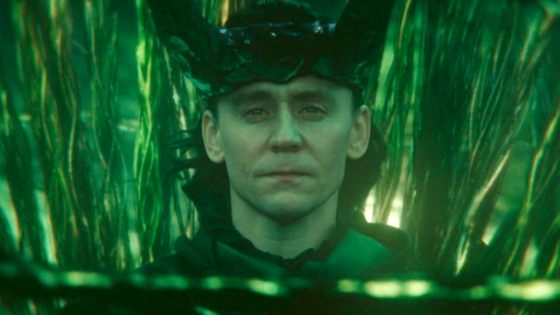Experts from a collection of universities have their laser beams aimed at the world’s massive plastic pollution problem. And the result of their experiments could one day be realized each time we hit “save” on our devices.
The University of Texas-led research uses lasers and two-dimensional materials to reduce hard-to-breakdown plastics to base components that can be reused. Fascinatingly, the recycled elements are eyed as potential information-storing parts in next-gen computers, according to a lab report.
“By harnessing these unique reactions, we can explore new pathways for transforming environmental pollutants into valuable, reusable chemicals, contributing to the development of a more sustainable and circular economy,” Texas Professor Yuebing Zheng, a leader on the project, said in the summary.
Experts from the University of California, Berkeley, Tohoku University in Japan, Lawrence Berkeley National Laboratory, Baylor, and Penn State contributed laser-focused insight to the innovation.
It works by placing plastic waste on thin, semiconducting, two-dimensional materials called transition metal dichalcogenides. Then, they “light them up,” according to the experts.
Low-power light is used to break chemical bonds in the plastics. New bonds are made that fascinatingly turn the waste into “luminescent carbon dots.” The 2D dichalcogenides catalyzed the reaction, helping to make possible the chemistry that forms the dots. The carbon-based nanomaterials are the parts that could work in future computers, according to a lab report.
Watch now: Head & Shoulders director explains why the company created a new version of its iconic shampoo
“It’s exciting to potentially take plastic that on its own may never break down and turn it into something useful for many different industries,” Jingang Li, a postdoctoral student at UC Berkeley who started the research at UT, said.
To say the world’s plastic waste problem is big is an understatement. The United Nations estimates that we make more than 440 million tons of it a year. Of the billions of tons of plastic refuse made so far, not even 10% has been recycled, the UN experts added. The garbage is often burned, buried, scattered about, or dumped in our waterways, taking decades to hundreds of years to decompose. Alarmingly, tiny plastic particles are even turning up in our body parts. Medical experts are studying the health ramifications of that reality, as noted by Forbes.
Part of the solution can be implemented with some easy changes to our daily routines. Plastic-free utensils, reusable water bottles, and permanent replacements for other throwaway products can help. Simply making sure you completely empty your shampoo and other bottles before recycling them not only prevents waste but saves you cash, as well.
In the future, the chemical-bond altering laser treatment being developed at UT could help reduce the problem on a large scale if the process can be successfully rolled out. The experts are studying the technique with that goal in mind, they said.
“This discovery has significant implications for addressing environmental challenges and advancing the field of green chemistry,” Zheng said in the lab summary.
Join our free newsletter for weekly updates on the latest innovations improving our lives and shaping our future, and don’t miss this cool list of easy ways to help yourself while helping the planet.
Source Agencies



